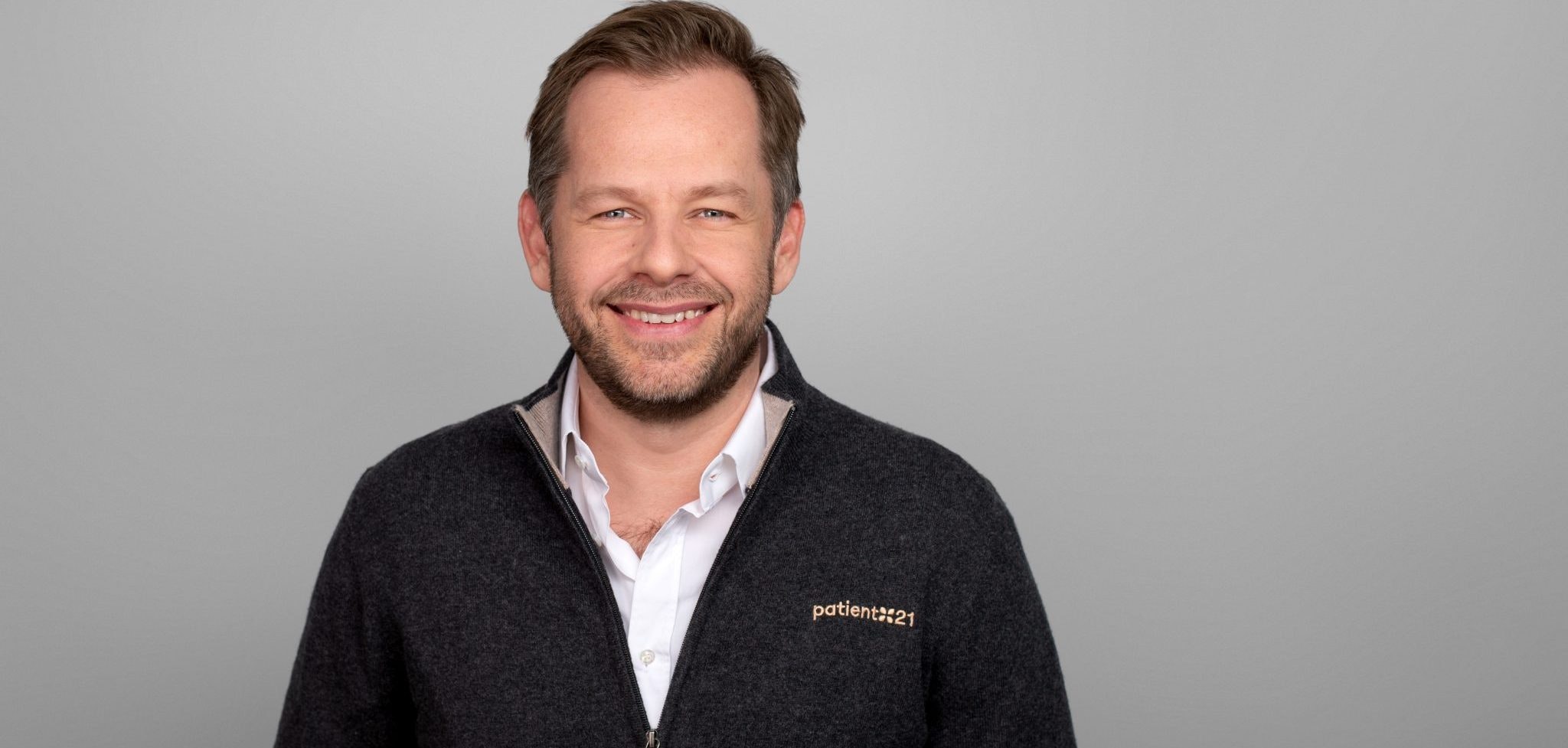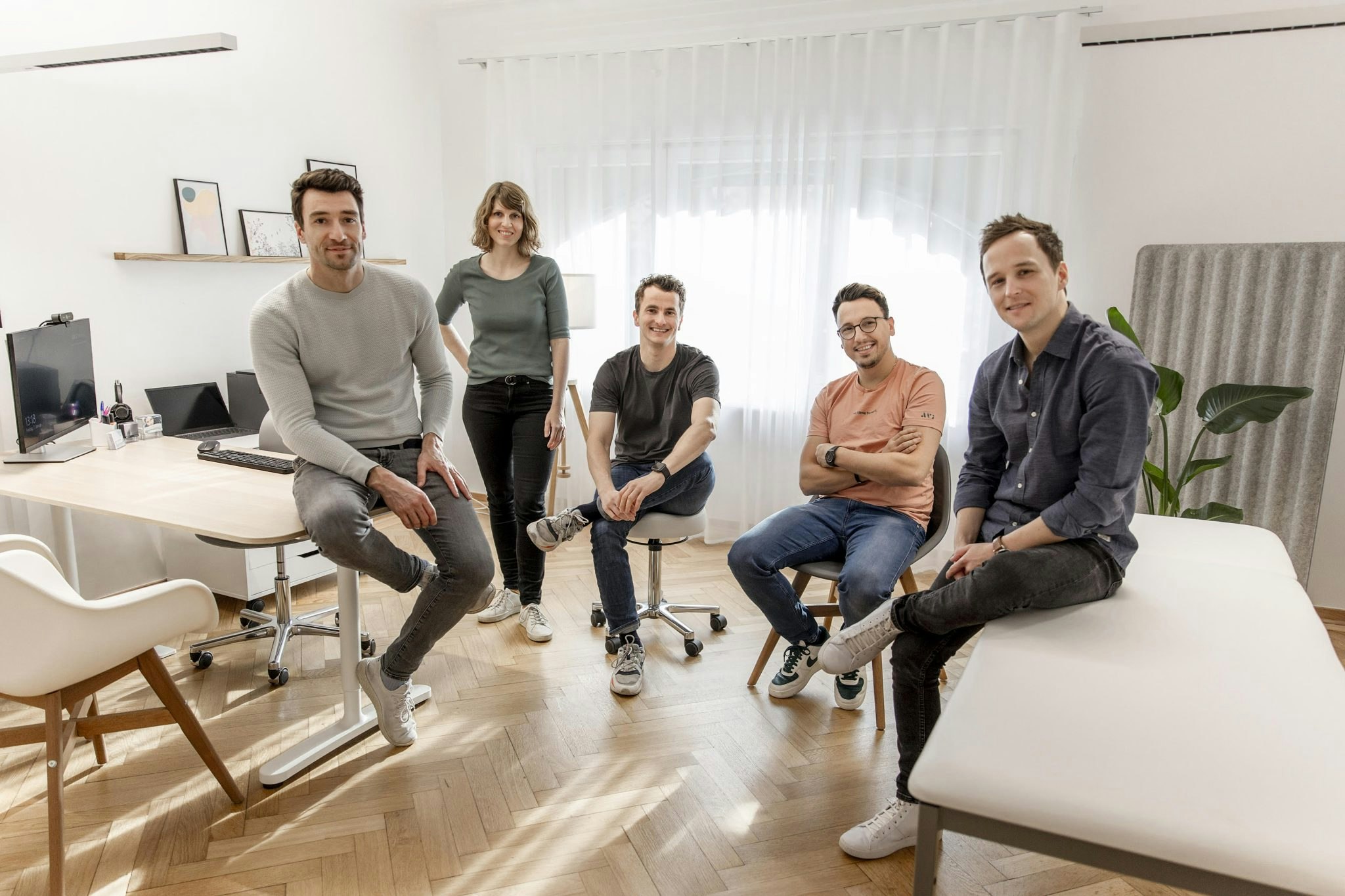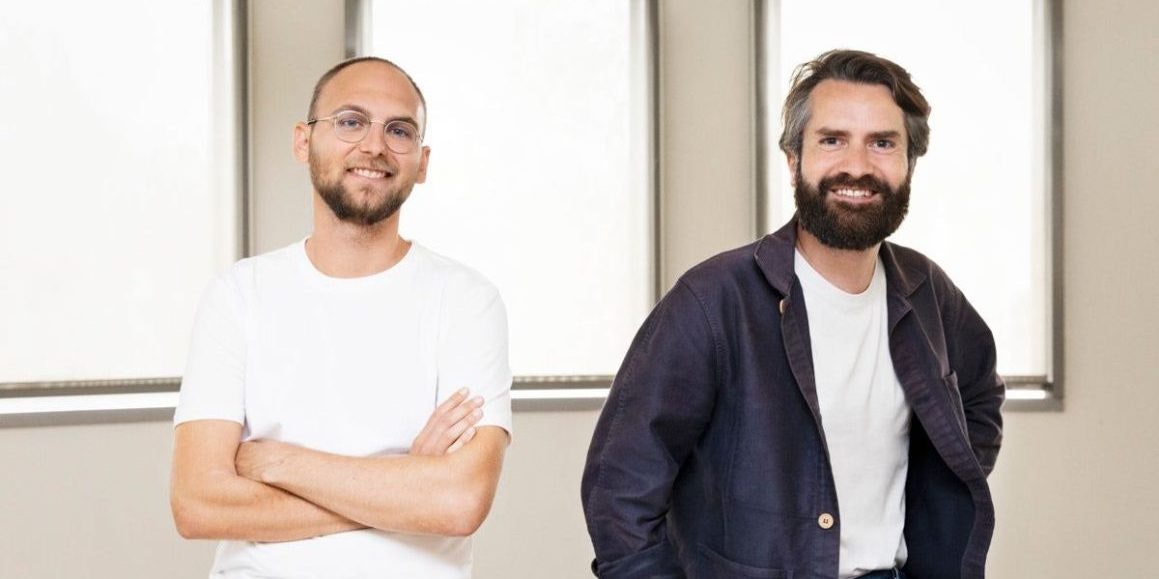Healthtech startups had a profile boost during the pandemic, causing round sizes to balloon and pushing their combined value in Europe to over $41bn.
One quiet subsector is dental tech, where developments in AI, biotech, software and 3D printing are shaking up the $64bn industry. Progress is slow, but with the help of startups and scaleups, dentistry is steadily digitising.
“In general, orthodontists and dentists are very conservative, so they would like to control everything manually,” says Vladimir Lupenko, CEO and cofounder of orthodontic startup Impress. “But the industry is changing dramatically.”
So what does the industry look like in Europe right now? We crunched the data and talked to the experts about what they’re smiling about in the sector.
1. Filling the gap: 17% of the world’s dental startups and scaleups are in Europe
According to Dealroom data, 17% of dental startups and scaleups have headquarters in Europe. The continent is home to almost 10% of the world’s population.
Alessandro Dentoni is founder and chief executive of Osteocom, a dental learning platform he describes as “Netflix for dentists” — dental professionals can take online courses on things like treating sleep-related breathing disorders or teeth extractions. He says the dentistry in the EU and UK is ready for disruption.
“In the EU and UK we have over 370k dentists and the sector is ripe for disruption from multiple sources,” he tells Sifted. “Beside the scientific improvements in equipment and treatments, technology can also facilitate dentists with their continuing education, learning new techniques and skills.”
Impress describes itself as the “largest orthodontic player as a chain of clinics in Europe” — they’ve got 120 clinics across eight countries.
In the EU and UK we have over 370k dentists and the sector is ripe for disruption
Lupenko says the startup was founded to digitise the processes in which a person could get aligners to straighten their teeth. The Impress solution involves an initial consultation with a 3D scan, treatment planning with software and 3D model simulations and scans made with a mobile phone to assess the progress of treatment using machine learning. This reduces the number of physical visits a person needs to make.
“We started operations around three years ago and we decided to enter the orthodontic industry by disrupting the way the treatment process is organised,” he says.
But, Lupenko adds, we won’t be replacing human dentists anytime soon: “We started building a hybrid model. The main bottleneck is that it’s still a medical procedure and without proper involvement of the doctor/dentist, it cannot be done correctly.”
2. Putting money where your mouth is
Among the dental startups in Europe, there’s one unicorn — Paris-based DentalMonitoring, the first dental software company in the world to reach a $1bn valuation.
Another dental software startup is UK-based smart dental app Toothfairy, which raised a £3m round last September. In 2021, Impress raised $50M during their Series A, which at the time was the joint biggest Series A in Catalonia.
The app’s chief executive and cofounder Deepak Singh Aulak, who is also an ex-dentist, says dentists, in general, have been receptive to digital tools, but investor education has been historically lacking.
“Dentistry is broken and nobody has managed to fix that,” he says. “We just did an oversubscribed £3m round last year and there was a lot of education happening. We were educating a lot of investors on how dentistry can be digitalised.”
Thomas Serval, cofounder and chief executive of French smart toothbrush company Kolibree, says the VC community in Europe isn’t as active as in the US or China when it comes to teeth — apart from medical devices which attract specialist VCs.
Dentistry is broken and nobody has managed to fix that
He adds the public sector is also lacking in funding for preventative teethcare solutions: “There is a lot of interest in the dental space in Europe, but prevention is really underfunded and not taken seriously enough into account by most of the decision makers. How can I put a price on the fact that you’re not going to have something you might have?”
3. 3D printing’s got bite
A market in dentistry projected to see mega growth is dental 3D printing, which market research estimates will grow by over 20% in the next five years. The Journal of Clinical Orthodontics calls 3D printing a “paradigm shift” for the field.
One 3D printing use case is producing clear teeth aligners, which Lupenko says represent up to 25% of all medical devices in the dental tech industry.
“It’s a convenient medical device,” he says. “Compared to braces, it’s transparent, it’s removable.”
Lupenko adds other areas in the dental tech sector doing well include machine learning and biotech/deeptech.
“We have companies that are building dental monitoring solutions and patient monitoring solutions remotely with the use of machine learning tools and we have a number of deeptech startups that are building technology within the diagnosis,” he says.
Adam Christie is chief executive of dental tech startup CALCiViS, which is building a biotech solution that can visualise tooth decay early. He says the startup has run three clinical studies, applied for US approval and is aiming to roll out its product in 2024.
“We have an imaging system that incorporates a biologic imaging agent and that biologic imaging agent reacts with calcium ions to produce light,” says Christie. “If you have a healthy tooth surface we don’t get any light from that tooth surface and if you have active ongoing decay, then we see that activity.”
While CALCiViS is filling a gap in the market, according to Christie, there’s space for startups to do more.
“Most of the innovations still seem to be happening in the big companies,” he says. “Most of the R&D still happens in the big companies even though their R&D spends relative to pharma and biotech are modest as a percentage of sales.”
4. The root of the problem: dental anxiety
For Singh Aulak, a massive problem in dentistry is that a lot of people are, well, scared of dentists.
“Four in ten patients have dental anxiety and over a million days are missed every year due to dental issues,” he says. “It’s a massive problem that’s still getting worse and worse.”
Tech, such as Impress’s, which allows problems to be solved remotely can be a lifeline, along with tech such as virtual reality (VR). Studies show VR in medicine significantly reduces patient’s perception of pain and improves their overall experience.
Singh Aulak says access to treatment is so important because many dental issues are preventable and can indicate other health issues.
“A lot of dental issues are preventable, a lot of them are inherited from poor decisions, rather than genetically passed on,” he says. “It’s definitely not the sexiest and the prettiest sector to be in but it’s actually one that’s super exciting to everybody.”



